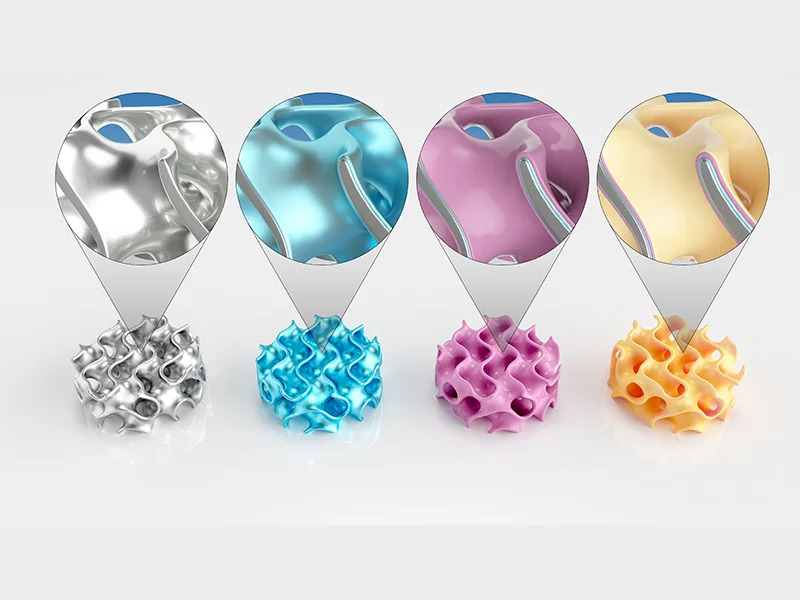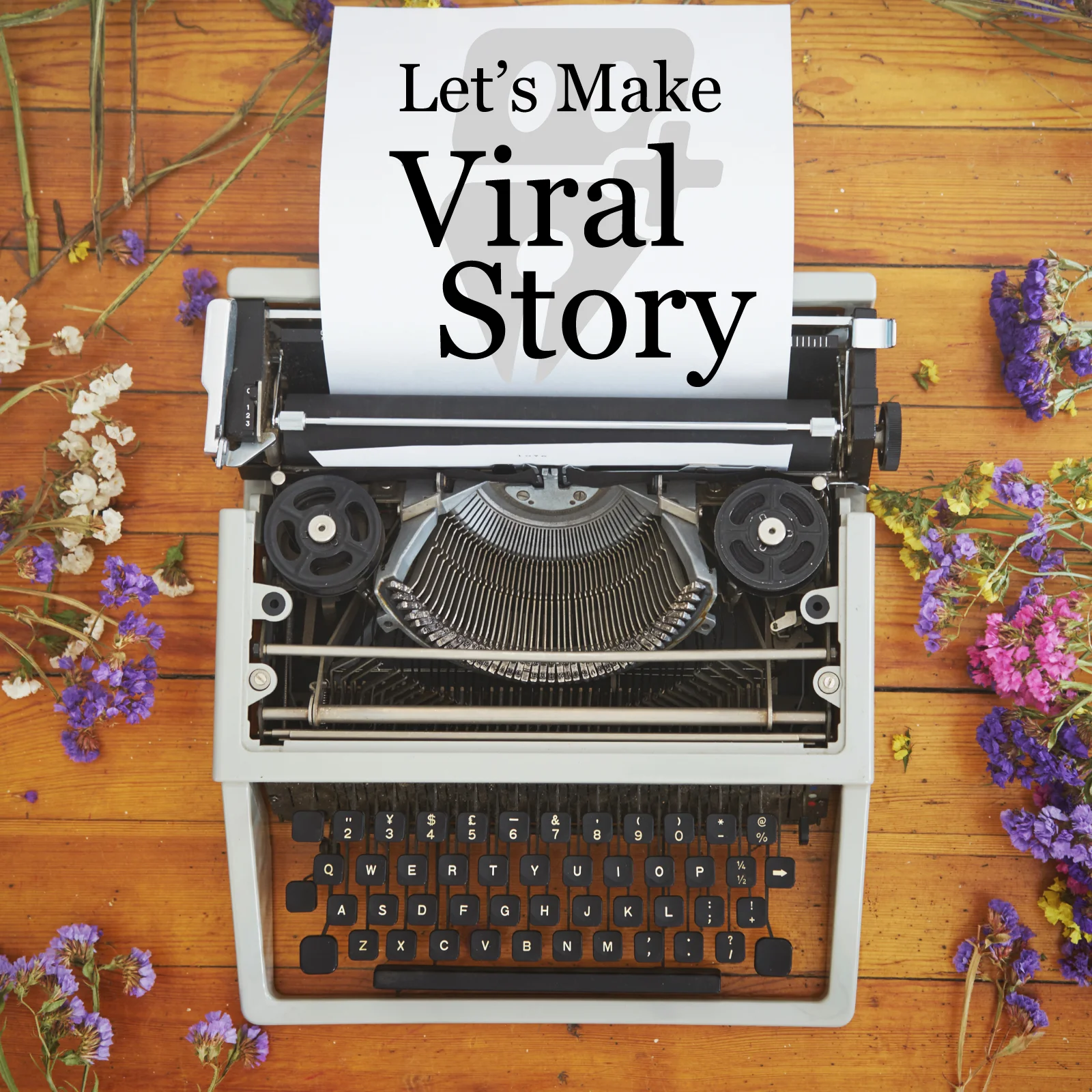Medical illustrations are detailed, scientifically accurate images that depict anatomical structures, surgical procedures, and pathological conditions. These visuals are indispensable in medical education, providing clarity where photographs or textual descriptions may fall short. By highlighting essential features and omitting extraneous details, illustrations facilitate a deeper understanding of complex subjects.
In clinical settings, medical illustrations aid in patient education, helping individuals comprehend their diagnoses and treatment options. By presenting information visually, patients can better grasp medical concepts, leading to improved communication and informed decision-making.
The Impact of Medical Animations on Healthcare Communication
Medical animations bring dynamic processes to life, illustrating physiological functions, disease mechanisms, and medical procedures in motion. These animations are particularly effective in demonstrating concepts that are difficult to visualize through static images, such as cellular interactions or the progression of diseases.
In educational contexts, animations enhance learning by providing interactive and immersive experiences. Students can observe complex processes in a controlled, repeatable environment, which aids in retention and comprehension. For patients, animations can demystify medical procedures, reducing anxiety and fostering trust in healthcare providers.
Applications Across Healthcare and Research
The integration of medical illustrations and animations spans various domains:
- Medical Education: Enhancing textbooks, lectures, and digital platforms with visual content to facilitate learning.
- Patient Communication: Improving understanding of medical conditions and treatments through clear visual explanations.
- Research Dissemination: Visualizing complex data and findings to communicate research outcomes effectively.
- Public Health Campaigns: Creating engaging visuals to educate the public on health issues and preventive measures.
Technological Advancements and Future Directions
Advancements in technology have revolutionized medical visualization. Three-dimensional (3D) modeling, virtual reality (VR), and augmented reality (AR) offer interactive platforms for exploring anatomical structures and medical procedures. These technologies provide immersive experiences that enhance understanding and engagement.
Artificial intelligence (AI) is also making strides in medical illustration and animation, enabling the creation of personalized educational materials and simulations. As these technologies continue to evolve, they hold the promise of further enhancing the effectiveness of medical communication.
The fusion of art and science in medical illustrations and animations has transformed the landscape of healthcare communication. By making complex medical information accessible and engaging, these visual tools play a crucial role in education, patient care, and research dissemination. As technology advances, the potential for medical visualization to improve healthcare outcomes continues to grow, underscoring its importance in modern medicine.









